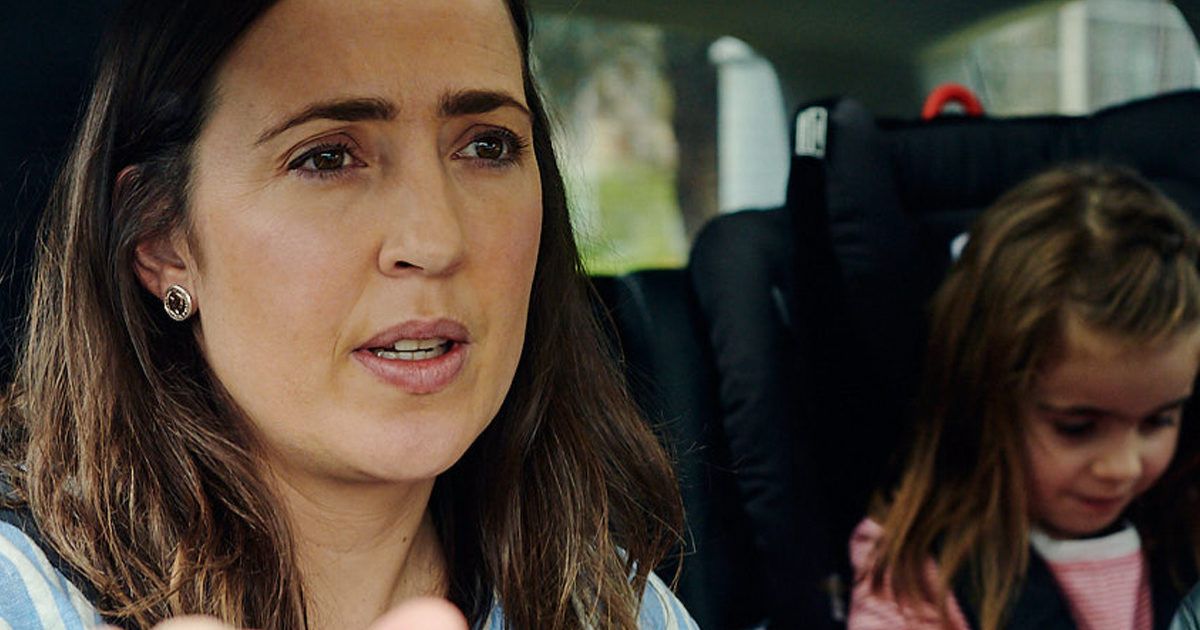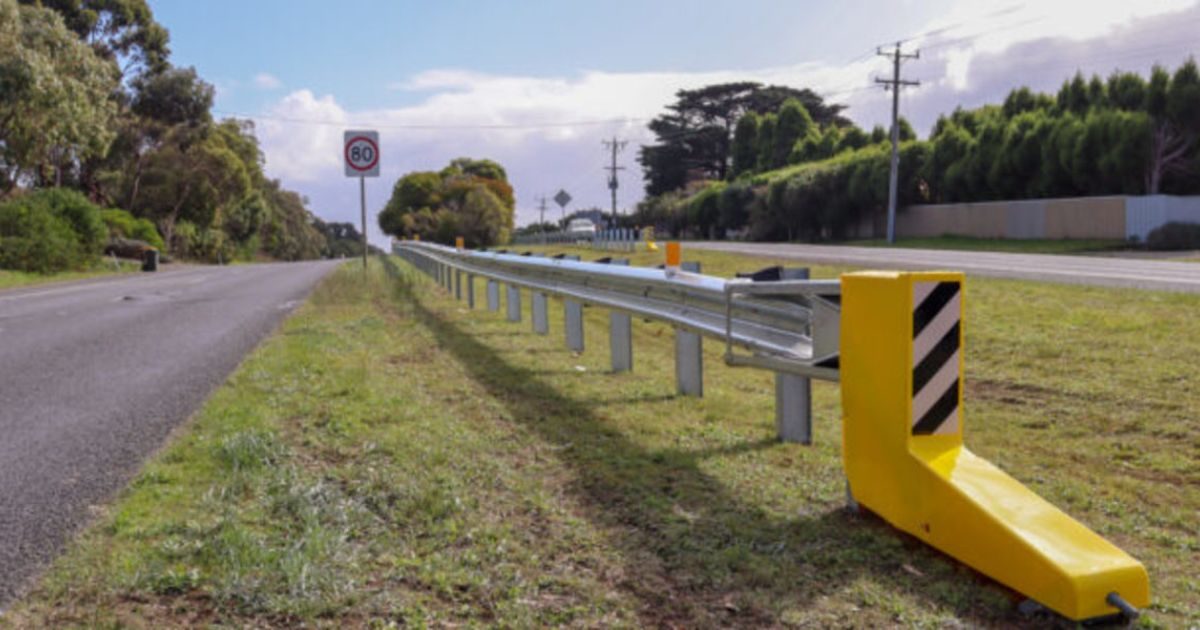New signs aim to increase hooded plover survival rate

Corangamite federal member Libby Coker, Brett Diehm from Barwon Coast, Margot Busch from Ocean Grove Coastcare, Rebecca Kotstra from the City of Greater Geelong, and Andrea Dennett and Tash Verspeek from Friends of the Hooded Plover Bellarine with one of the 22 new signs. Photo: REBECCA ADAM
THE beach-nesting hooded plover is getting help to increase its survival rate in the form of interpretive signs to alert beach users to the nesting sites before they reach the sand.
About 22 signs will be seasonally installed, to match known nesting areas from Breamlea to Buckley Park in Point Lonsdale.
The creation of the signs was co-ordinated by Ocean Grove Coastcare and made possible by a grant from the Federal Communities Environment Program, together with contributions from Birdlife Australia, and Friends of Buckley Park.
Corangamite federal member Libby Coker said the signs were a fantastic project to support.
“They are so important because without the signs, people aren’t aware that plovers hatch on the beach and they are so vulnerable,” Ms Coker said.
“They are part of an important ecosystem here on the Bellarine so we have to do everything we can to protect them and our biodiversity more generally, and it’s really fantastic to support the volunteers who spend a lot of time working to protect the plover.”
Listed as ‘vulnerable’ on the national threatened species list, during the early 2000s the number of hooded plover breeding pairs along the 18km length of beach from Point Lonsdale to Breamlea was as low as nine. In the summer of 2018/19, after 10 years of intervention by conservation groups, that number had risen to 18 breeding pairs.
The birds are vulnerable to typical human behaviour such as walking through nest sites, or allowing off lead dogs to pursue birds.

















